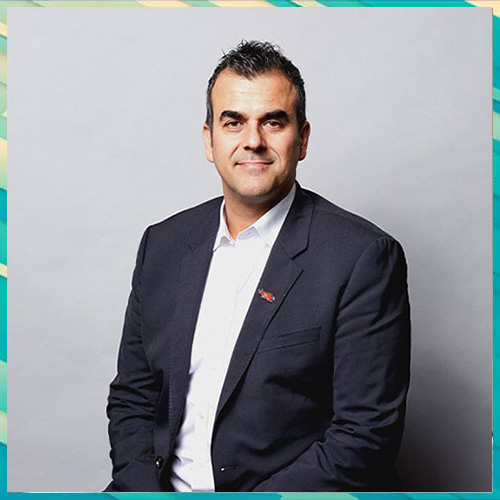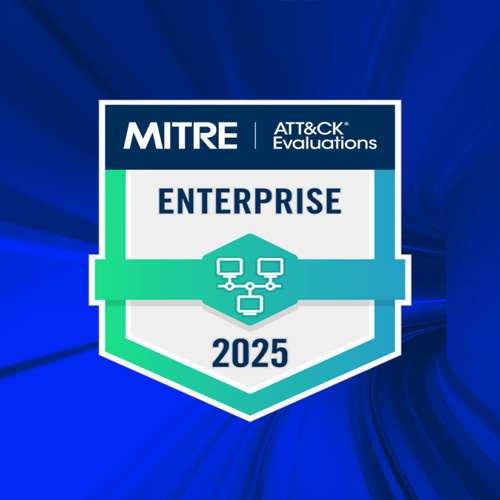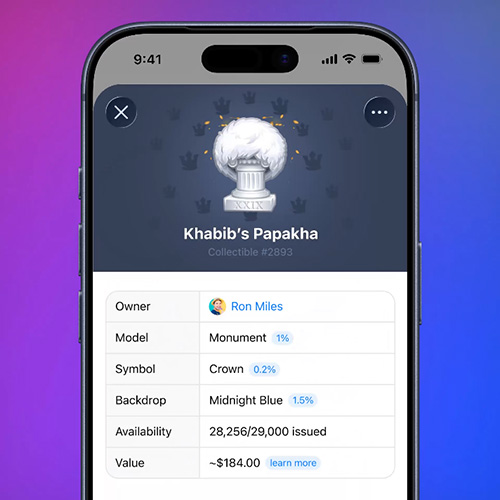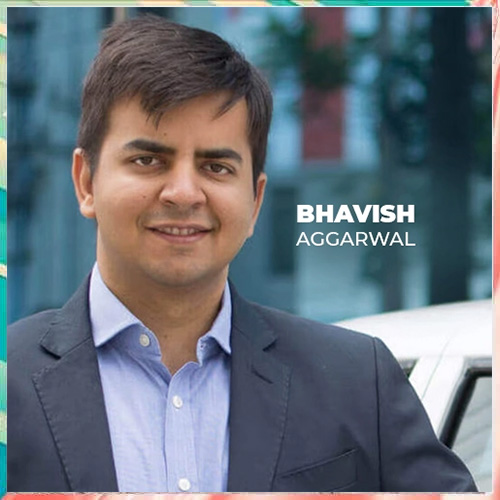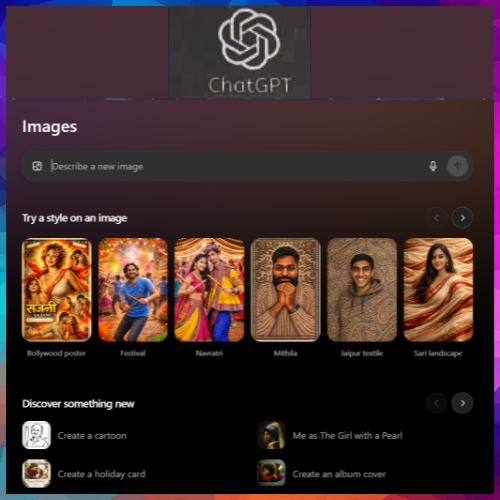
Chetan Naik,
Director & Regional Executive,
IBM India West
To stay ahead of the pack, C-Suite leaders know that they must reinvent their business. CEOs are experts at transforming their company through product innovation -- but now a new model for innovation is emerging. As the proliferation of mobile and smart devices continues to change the way people consume, disseminate and share information, business leaders are recognizing the data generated from these applications can help them transform their organizations and how they interact with their customers. CEOs and C-Suite leaders are reassessing how to serve their customers not as a mass audience, but as individuals with personalized needs. “Recognizing this shift in the business landscape, IBM is strategically focused on helping clients reshape their front office – the business functions and processes, such as sales, marketing and customer service that connect, transact and engage with customers,” says Chetan Naik.
IBM has created the IBM Customer Experience Lab to provide CEOs, CMOs, CFOs, heads of sales and other C-suite executives direct access to a team of 100 IBM researchers, supported by the deep industry and domain expertise of thousands of IBM business consultants, to help their organizations capitalize on the use of digital technologies to drive innovation in customer engagement, differentiation and revenue growth. Recently, IBM India announced a First-of-a-Kind (FOAK) engagement with IndusInd Bank, a Mumbai-based, new generation private bank that offers retail, commercial, transactional and electronic banking products and services. IBM is providing innovative technology - IBM on Edge Analytics (that connects people with contextual information) - to enable IndusInd Bank to deepen customer relationships by delivering personalized, location - based recommendations and offers in real-time.
Acquisitions by IBM
One of the major acquisitions that happened this year was in July, when IBM completed the acquisition of SoftLayer Technologies Inc., a privately held cloud computing infrastructure company based in Dallas, Texas. SoftLayer has joined IBM’s new cloud services division, which combines SoftLayer with IBM SmartCloud into a global platform. The new division provides a broad range of choices to both IBM and SoftLayer clients, ISVs, and channel and technology partners.
This is an important acquisition for IBM as SoftLayer will enable the company to deliver an industry first: marrying the security, privacy and reliability of private clouds with the economy and speed of a public cloud. SoftLayer offers a breakthrough capability that provides a cloud "on ramp" for born-on-the-web companies, government and the Fortune 500, and hence we expect to drive growth in the cloud space. SoftLayer has joined more than a dozen strategic cloud acquisitions IBM has made since 2007 designed to accelerate its cloud initiatives. IBM cloud revenue grew by 80 percent in 2012. Already one of the world’s leading cloud providers, IBM expects to reach $7 billion annually in cloud revenue by the end of 2015. IBM offers more than 100 SaaS solutions to help marketing, procurement, ecommerce, customer service, human resources, city management, and other professionals make better decisions and better serve their customers. IBM is committed to driving open cloud standards.
Verticals qualifying as darling of IBM
As part of its growth charter, IBM India is focused on: BFSI, Telecom, Govt., Manufacturing & Natural resources. There is additional focus around M&E and Retail. IBM wants to empower these sectors with a wide range of solutions across managing risks and integrating operations to derive better customer insights, and help them with new business models.
IBM India is also working with various public sector agencies to support their transformation through the delivery of proven and tailored e-government and smart citizen centric solutions. IBM India has enabled a number of central and state governments to drive various e-governance programs successfully.
The Banking industry in India has grown at a rate of over 11 percent in the last three years, from $101 billion in 2009 to an estimated $125 billion in 2011. ( RBI& Industry sources). Retail banking in India is maturing with time, and this growing sector provides a significant opportunity. Recent RBI regulations are set to drive increased IT investment in the sector. “The mobile banking/ mobile payments revolution underway will transform the retail banking and telco industries as we know them today. There is sufficient evidence that traditional banking channels are just too expensive to serve clients in large geographic areas with low population density.” says Chetan. Based on the experience from other regions, mobile financial services can incrementally bring unbanked customers to the financial ecosystem. IBM India’s current focus is to enable our customers to succeed in their aspirations by providing with smarter solution offerings --be it a large established bank or an emerging co-operative bank or an insurance player.
Banks are also witnessing an explosion of data. While most banks in the region have core banking systems in place, they are now looking for solutions like enterprise data warehouse and advanced analytics for better business benefits and greater customer insight. As increasing customer demands, banks are moving to more personalized service to ensure higher customer satisfaction and stickiness. Chetan says, “We see the same scenario evolving in India as well. In fact, Indian banks may find it even more challenging, as they have a large base of young customers. Analytics will therefore play a critical role in banks’ success in India. Banks need to get into the customer’s brain, so to say, and find out what he or she wants. In India, we are seeing a very strong traction in the business analytics and optimization space.”
For more details contact:
edit@varindia.com
See What’s Next in Tech With the Fast Forward Newsletter
Tweets From @varindiamag
Nothing to see here - yet
When they Tweet, their Tweets will show up here.






